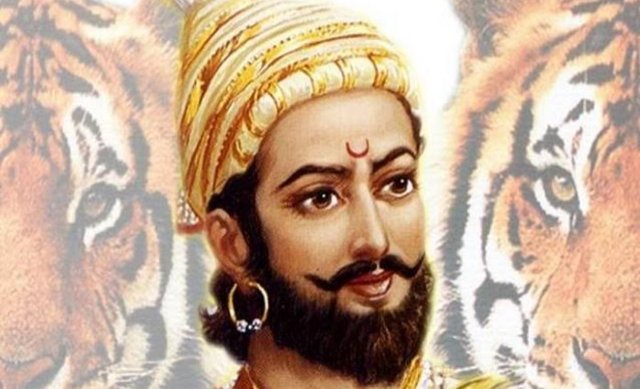British govt. and mughal empire
here was competition from the beginning among the Europeans who came for the purpose of trade in India, but due to the power of the Mughal Empire in India, this competition could not become fierce. The beginning of the 18th century is important for Indian history in many ways. On the one hand, the collapse of the Mughal Empire provided an opportunity for ambitious Indian field powers to fill up. On the other hand European companies started trying to get free from the control of Indian powers. In this sequence, the Maratha kingdom that emerged from the Deccan started dreaming of an empire. While the British started controlling the Indian powers by acquiring the European powers. After the battle of Plassey and Buxar in Bengal, by strengthening their position, the British focused their attention on the Deccan and the struggle with the Marathas started.
British East India Company in the 18th century:-
The British established the British East India Company for the purpose of trade in India, gradually this company overtook other European companies. The Portuguese were defeated by the Dutch and after the Ambonya massacre, as a result of the agreement between the Dutch and the British, the British got an opportunity to establish supremacy in India, which the British made good use of. The three Carnatic wars with the rapidly emerging French companies in India took place between 1740 and 1763 AD and the French surrendered forever to the British East India Company.
Maratha power in the 18th century
The rise of Maratha power in the Deccan took place under the leadership of Shivaji. In the middle of the 17th century, the Maratha power established its identity in Marathwada, which is adjacent to the western seaboard. It was spread in a triangular area from Sahyadri to Nagpur and Satpura hills to Godavari. Contrary to the efforts of the Mughal emperors Shah Jahan and Aurangzeb, Shivaji declared himself Chhatrapati while establishing the Maratha Empire in 1674 AD and established an administrative system before the dance in 1680 AD.
Shivaji's son and successor Sambhaji did not have the leadership ability of his father, Aurangzeb got him in 1690 AD and killed him. His son Shahu was taken prisoner. Sambhaji's half-brother Rajaram took over the Maratha leadership, but with his death in 17 AD, the Maratha kingdom was in danger. Rajaram's widow Tarabai took over the leadership by declaring her minor son Shivaji II as Chhatrapati. After the death of Aurangzeb in 1707 AD, Bahadur Shah freed Shahu from captivity, recognizing him as Chhatrapati. Shahu with the help of other Maratha Sardars tried to establish himself in Satara by defeating Tarabai in the battle of Rubber in 1707 AD, Satara now started developing as Maratha headquarters. In such a situation, Shahu needed visionary leadership to make his victory permanent.
After Balaji's death in 17 to 20 AD, his son Baji Rao became the first Peshwa, thus the post of Peshwa became hereditary. He made India an Indian; It had spread till.
